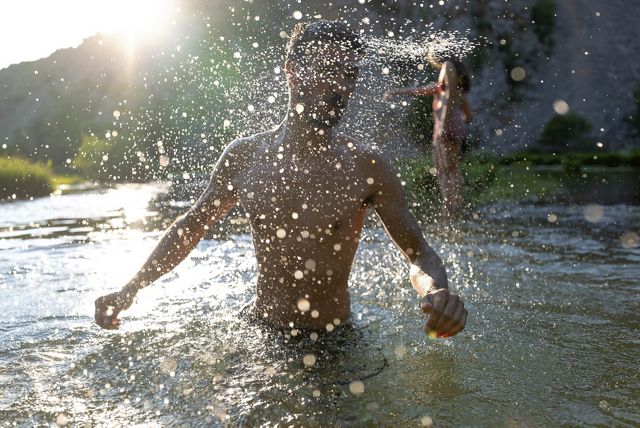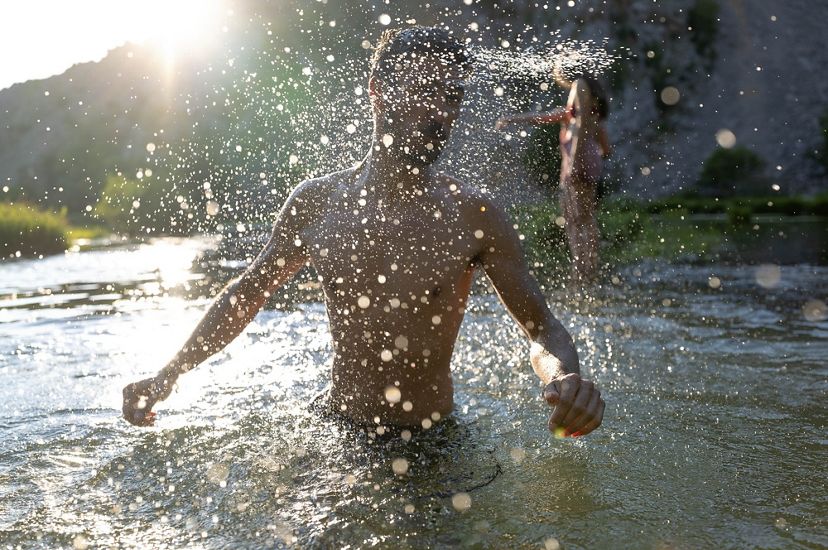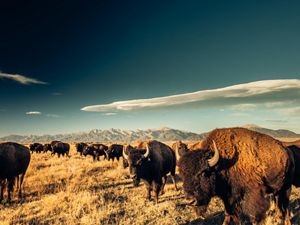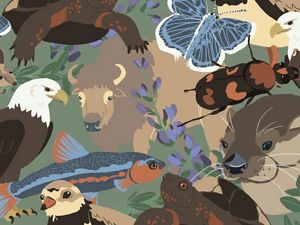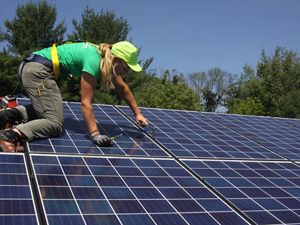For people and nature, water is life.
But the planet’s freshwater systems are crashing. Globally, monitored freshwater species populations have declined by an average of 83% since 1970. We’ve lost 64% of the world’s wetlands since 1900, and just 37% of the world’s longest rivers remain unimpeded and free flowing.
Whether through drought or flooding, climate change is often most visibly expressed through water, and these impacts are only expected to increase in the years to come.
The Global Insights Newsletter
Get our timely takes on some of the biggest challenges facing people and the planet.
Sign Up NowThe good news is that investing in nature offers a clear pathway to protecting and restoring the freshwater systems on which nature and people depend.
With water at the heart of the climate and biodiversity crises, safeguarding the world’s fresh water—its rivers, wetlands, groundwater and ecosystems—is core to our 2030 Goals.
The Urgency to Protect Fresh Water
-
1/3
The world has lost nearly one-third of its freshwater ecosystems since 1970.
-
83%
Monitored freshwater populations have declined by an average of 83% since 1970.
-
1M
TNC's goal is to conserve 1 million kilometers of the world's rivers by 2030.
-
30M
TNC also aims to conserve 30 million hectares of lakes and wetlands by 2030.
Freshwater Fisheries: Community-Led Conservation
Safeguarding fresh water starts by ensuring Indigenous People and local communities have the rights, capacity and resources to effectively manage the freshwater ecosystems that support their ways of life. As longtime stewards of their local rivers, lakes and wetlands, these communities are uniquely positioned to lead the way forward.
Through a community-led conservation approach, we’re elevating traditional knowledge to solve local ecosystem and food security challenges and co-creating new, science-based conservation strategies that can be brought to scale work around the world.
How Is TNC Stepping Up for Fresh Water?
In addition to advocating for nature as a key pathway for addressing the global water crisis, TNC is doubling down on its commitment to freshwater conservation around the world. By 2030, TNC aims to conserve 1 million kilometers of rivers and 30 million hectares of lakes and wetlands to benefit tens of millions of people. To deliver on this commitment, we will invest $250 million over the next seven years in partnership with the public and private sector through projects around the world.
Dive Deeper into TNC’s Commitment to Fresh Water
TNC’s commitment to freshwater conservation dates back to our earliest days as an organization. In fact, our first ever conservation project was to establish New York’s Mianus Gorge Preserve, which helps protect the Mianus River and now spans more than 900 acres. Today our freshwater portfolio is more than 450 projects strong and touches nearly every region of the world.
Explore some of the many ways we’re addressing the world’s water challenges:
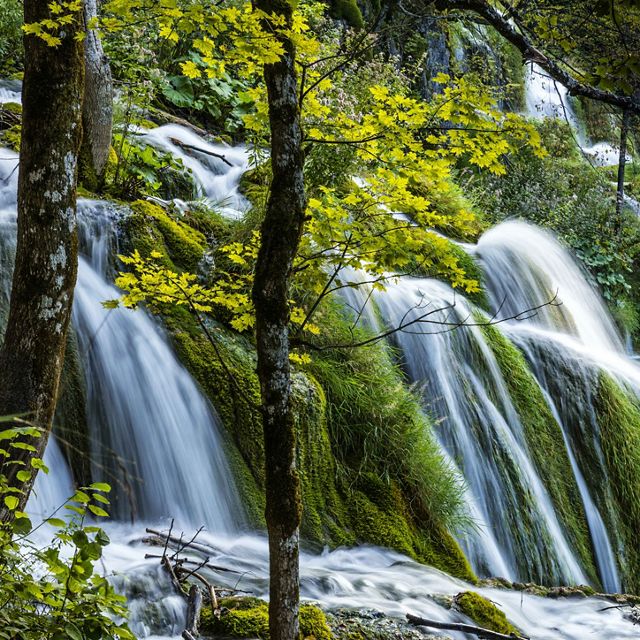
Blog
We Must Save Fresh Water to Save Ourselves
At the climate COP27 in Egypt, biodiversity COP15 in Montreal and other opportunities, The Nature Conservancy joins others in pressing for urgent stewardship of our world's precious freshwater.
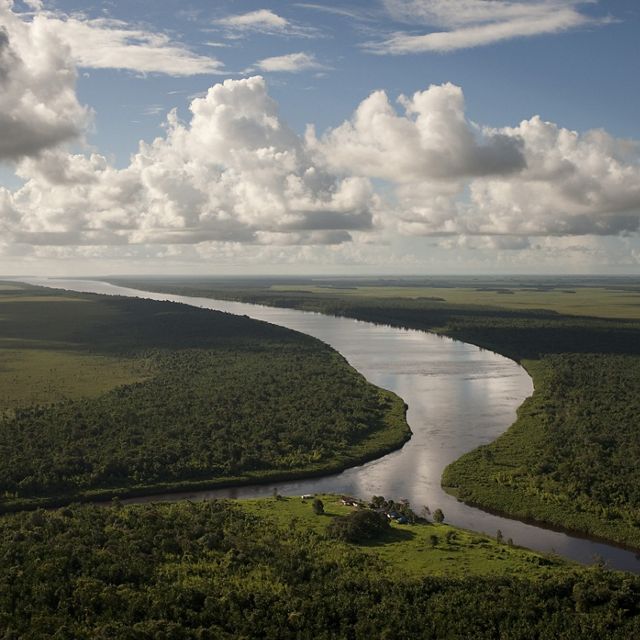
Feature
Protecting the Amazon Basin for Nature and People
The Nature Conservancy envisions a healthy, connected and resilient Amazon Basin where biodiversity and freshwater ecosystems, and their contribution to people, are maintained, improved and protected.

Feature
The Journey of Africa’s Water Funds
Water Funds are protecting watersheds all across Africa. TNC Africa Water Funds Director Fred Kihara explains what it takes to get from concept to reality.
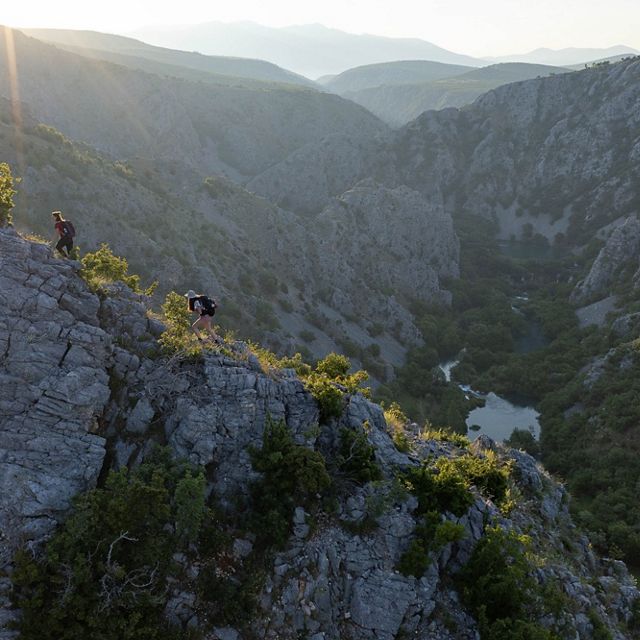
Magazine Feature
United for Europe’s Rivers: Free-flowing rivers in the Balkans need to be protected
With Western Europe’s waterways clogged by thousands of dams, Balkan countries are rallying to protect the continent’s last free-flowing rivers—before it’s too late.

Feature
Making a Difference with the Qiandao Lake Water Fund
Qiandao Lake supplies drinking water to approximately 10 million people across Zhejiang Province, but the quality of this critical water supply is at risk from land degradation, excessive fertilizer and pesticide use, and livestock waste.

Science
New study about the importance of spring restoration to water security.
"Invisible Reservoir" shows restoration’s economic and biological impact on water in São Paulo, Brazil.

Project Overview
Restoring Chennai’s Lake Sembakkam for water security and improved health
Restoring Chennai’s Lake Sembakkam for multiple benefits for the local communities living around its shores, its biodiversity and the environment.
More Water Stories
Learn how TNC and partners are looking to nature to solve a diversity of water challenges around the world.
With just 2% of the 3 million miles of rivers and streams still free-flowing and undeveloped in the U.S., the survival of freshwater systems hinges on our ability to reduce the negative impacts of river infrastructure.
Hawke’s Bay is a key agricultural hub in New Zealand. But tough environmental challenges threaten the way of life for farmers and nature.
Climate change is worsening the water crisis, but nature can help us adapt—if we act now.
Though it’s largely out of sight, groundwater is critical for biodiversity, growing food and other needs for a healthy planet.

